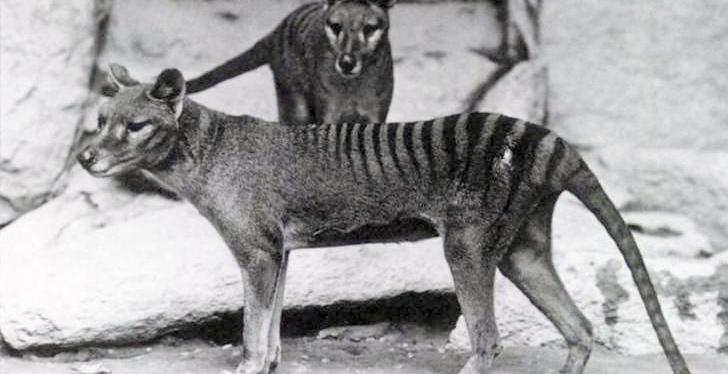Wikipedia (en)
Tasmania (; palawa kani: lutruwita) is an island state of Australia. It is located 240 kilometres (150 miles) to the south of the Australian mainland, and is separated from it by the Bass Strait. The state encompasses the main island of Tasmania, the 26th-largest island in the world, and the surrounding 1000 islands. It is Australia's smallest and least populous state, with 573,479 residents as of June 2023. The state capital and largest city is Hobart, with around 40% of the population living in the Greater Hobart area. Tasmania is the most decentralised state in Australia, with the lowest proportion of its residents living within its capital city.
Tasmania's main island was inhabited by Aboriginal peoples. It is thought that Aboriginal Tasmanians became separated from the mainland Aboriginal groups about 11,700 years ago, after rising sea levels formed Bass Strait. The island was permanently settled by Europeans in 1803 as a penal settlement of the British Empire to prevent claims to the land by the First French Empire during the Napoleonic Wars. The Aboriginal population is estimated to have been between 3,000 and 7,000 at the time of British settlement, but was almost wiped out within 30 years during a period of conflicts with settlers known as the "Black War" and the spread of infectious diseases. The conflict, which peaked between 1825 and 1831 and led to more than three years of martial law, cost the lives of almost 1,100 Aboriginal people and settlers.
Under British rule, the island was initially part of the Colony of New South Wales; however, it became a separate colony under the name Van Diemen's Land (named after Anthony van Diemen) in 1825. Approximately 80,000 convicts were sent to Van Diemen's Land before this practice, known as transportation, ceased in 1853. In 1855, the present Constitution of Tasmania was enacted, and the following year the colony formally changed its name to Tasmania. In 1901, it became a state of Australia through the process of the federation of Australia.
Today, Tasmania has the second smallest economy of the Australian states and territories, and comprises principally tourism, agriculture, aquaculture, education, and healthcare. Tasmania is a significant agricultural exporter, as well as a significant destination for eco-tourism. About 42% of its land area, including national parks and World Heritage Sites (21%), is protected in some form of reserve. The first environmental political party in the world was founded in Tasmania.
